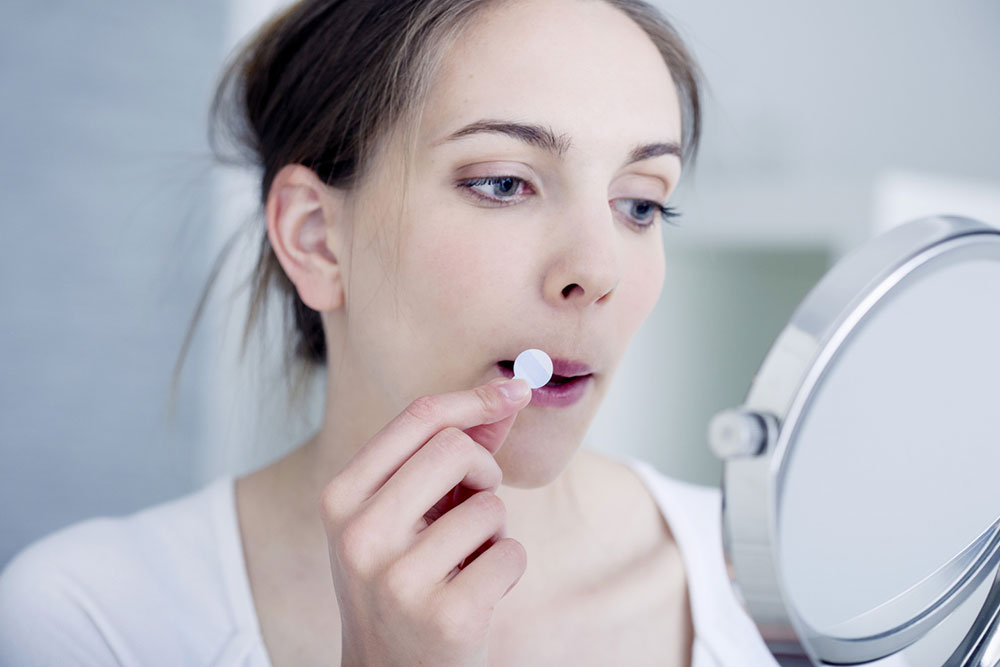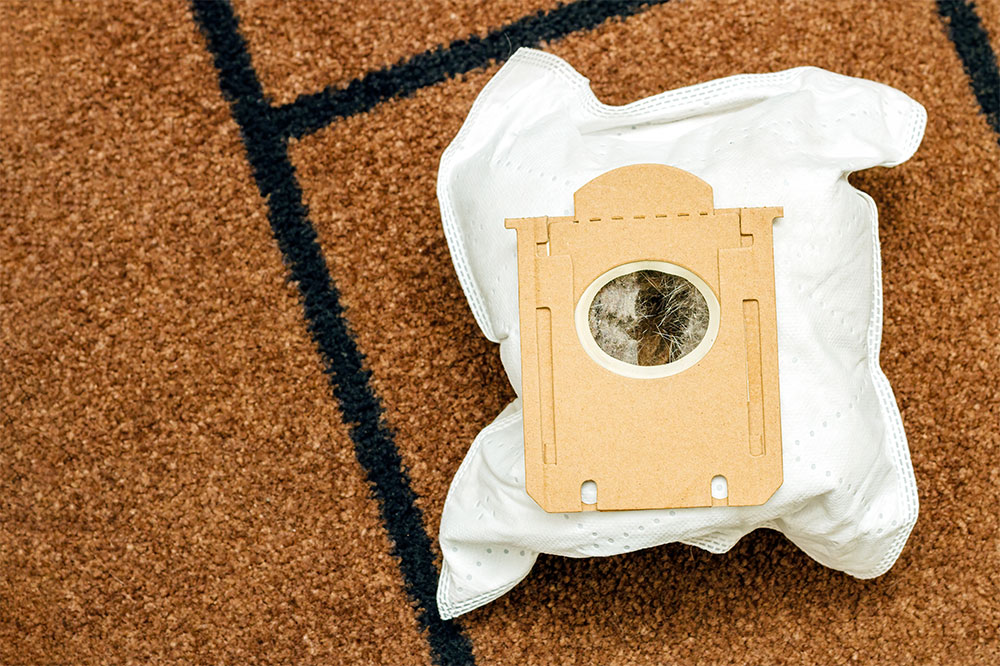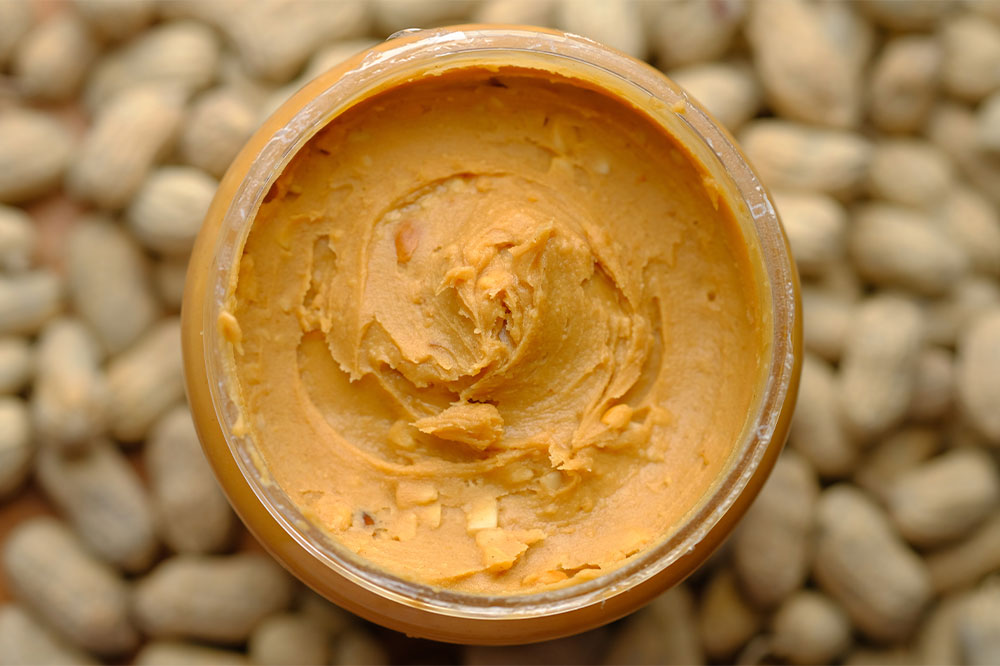Herpes simplex virus – Symptoms, causes, and management

Herpes simplex virus (HSV), commonly known as herpes, is an infection that may result in painful blisters or ulcers. The disease is primarily spread through skin-to-skin contact. There are two types of the herpes simplex virus, type 1 and type 2. According to researchers, around 3.7 billion people under age 50 are diagnosed with herpes simplex virus type 1 (HSV-1) infection, and about 491 million aged 15 to 49 globally with herpes simplex virus type 2 (HSV-2) infection.
Symptoms
There are a few things that one should note about the symptoms of the herpes simplex virus.
- Most people with herpes do not experience any symptoms or only mild symptoms. Others might not even be aware that they have the infection and may pass it along to others unknowingly.
- The symptoms of the condition may include painful, recurring blisters or ulcers. Furthermore, new infections may result in body aches, a fever, and swollen lymph nodes.
- An individual with the disease might experience varied symptoms during the first episode of infection than when it recurs. If symptoms occur, they might begin with itching, tingling, or burning sensations near where the sores appear.
- The common symptoms of oral herpes include blisters (cold sores) or open sores (ulcers) around the mouth or lips. One may also notice signs, including blisters, bumps, or open sores around the genitals or anus. These developments are typically painful. Furthermore, the blisters may break open, ooze, and then crust over.
- One may have repeated outbreaks of the herpes simplex virus over time, but these are usually shorter and less severe than the first outbreak.
Causes
We have established that the herpes simplex virus spreads from one person to the next through close contact. Therefore, an individual might contract the virus by touching a herpes sore. However, people usually develop complications from an infected individual who does not have sores. Healthcare professionals refer to this phenomenon as “asymptomatic viral shedding.” An individual with HSV-1 may pass the virus onto someone else through direct oral contact, touching the person’s skin, such as pinching the child’s cheek, or sharing objects such as silverware, lip balm, or a razor. One may contract genital herpes after coming into contact with HSV-1 or HSV-2. Most people get genital herpes from HSV-2 during intercourse. The virus may also be passed down from a mother to her baby during childbirth. If the baby is born during the mother’s first episode of genital herpes, the baby may have serious problems.
Apart from the causes, there are certain trigger factors that may also put one at risk of an outbreak. Once an individual is infected with the virus, it never leaves the body. Following the first outbreak, the virus moves from the skin cells to nerve cells forever but usually remains in that region. During this stage, the virus is said to be dormant. However, a few things may trigger it again, including illness, fever, stress, menstrual periods, and surgery.
Treatment options
Following are the treatment options for the herpes simplex virus.
- Prescriptions for the herpes simplex virus are meant to help treat first or recurrent episodes of herpes. The remedies can help reduce the length of symptoms and their severity. One should also note that the treatment options only help manage the condition and cannot cure it.
- Treatments for recurrent episodes are highly effective when started within 48 hours of when symptoms begin.
- The treatment methods are usually indicated for those who get very painful or frequent recurrent episodes or who want to lower the risk of giving herpes to someone else.
Home remedies
Several home remedies can help ease the pain and discomfort associated with herpes blisters.
Cold compress
One may find relief from symptoms by using a cold compress to reduce swelling. The individual can apply an ice pack or a clean, soft washcloth filled with ice to the affected area. The individual should also repeat the process as needed every four hours but ensure not to place the ice directly on the skin.
Baking soda or cornstarch paste
Making and applying a paste of baking soda or cornstarch has also proved useful in tackling the pain and itching caused by sores. The mixture may help dry out lessons and relieve itching. One needs to dip a wet cotton ball or Q-tip into a small amount of baking soda, dab it on the sore, and wait for the results.
Topical garlic
Garlic has shown benefits in remedying several illnesses, and experts believe it may also work for symptoms of the herpes simplex virus. All one needs to do is crush up a fresh clove of garlic and mix it with olive oil to dilute. After this, the person must apply the mixture to a sore about three times a day for potential positive results.
Topical apple cider vinegar (ACV)
Another topical remedy is created with the help of apple cider vinegar. All one needs to do is mix one part ACV with three parts warm water, before applying it to the affected region. Apple cider vinegar is known to possess anti-inflammatory and antiviral properties that help reduce inflammation and pain caused by herpes sores.
Changes to meal plans
Apart from the home remedies above, one can also make some lifestyle changes, such as eating healthy foods that can help one boost their immune system. And a stronger immunity helps the body respond better to the herpes virus.
- Foods rich in antioxidants, such as cauliflower, spinach, kale, and tomatoes, have an antioxidant-rich nature that is beneficial for the immune system.
- Omega-3-rich foods like salmon, mackerel, and chia seeds can help the immune system manage chronic inflammatory conditions like herpes.
- Eggs, oats, and almonds contain loads of protein that is essential to the body’s immune response to the herpes virus and other pathogens.
- Other foods that one must include in their meal regime are those rich in vitamin C and zinc to ensure their immune system is stronger.







